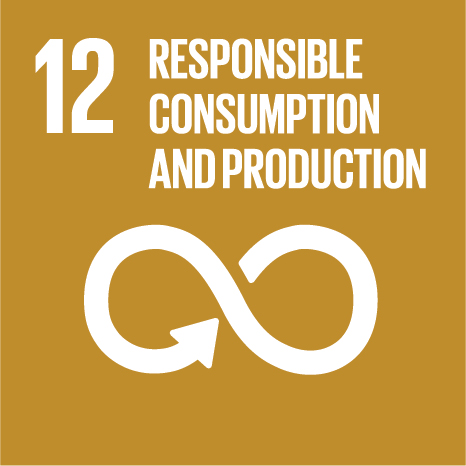Ciência_Iscte
Publications
Publication Detailed Description
Journal Title
Journal of Marketing
Year (definitive publication)
2019
Language
English
Country
United States of America
More Information
Web of Science®
Scopus
Google Scholar
This publication is not indexed in Overton
Abstract
Marketers strive to create cool brands, but the literature does not offer a blueprint for what brand
coolness means or what features characterize cool brands. This research uses a mixed-methods
approach to conceptualize brand coolness and identify a set of characteristics typically associated
with cool brands. Focus groups, depth interviews, and an essay study indicate that cool brands
are perceived to be extraordinary, aesthetically appealing, energetic, high status, rebellious,
original, authentic, subcultural, iconic, and popular. Nine quantitative studies (surveys and
experiments) develop scale items to reliably measure the component characteristics of brand
coolness, show that brand coolness influences important outcome variables, including
consumers’ attitudes towards, satisfaction with, intentions to talk about, and willingness-to-pay
for the brand, and demonstrate how cool brands change over time. At first, most brands become
cool to a small niche, at which point they are perceived to be more subcultural, rebellious,
authentic, and original. Over time, some cool brands become adopted by the masses, at which
point they are perceived to be more popular and iconic.
Acknowledgements
--
Keywords
Attitudes,Authenticity,Brands,Coolness,Niche,Scale development,Structural equation modeling
Fields of Science and Technology Classification
- Economics and Business - Social Sciences
Funding Records
| Funding Reference | Funding Entity |
|---|---|
| UID/GES/00315/2019 | Fundação para a Ciência e a Tecnologia |
Contributions to the Sustainable Development Goals of the United Nations
With the objective to increase the research activity directed towards the achievement of the United Nations 2030 Sustainable Development Goals, the possibility of associating scientific publications with the Sustainable Development Goals is now available in Ciência_Iscte. These are the Sustainable Development Goals identified by the author(s) for this publication. For more detailed information on the Sustainable Development Goals, click here.

 Português
Português


